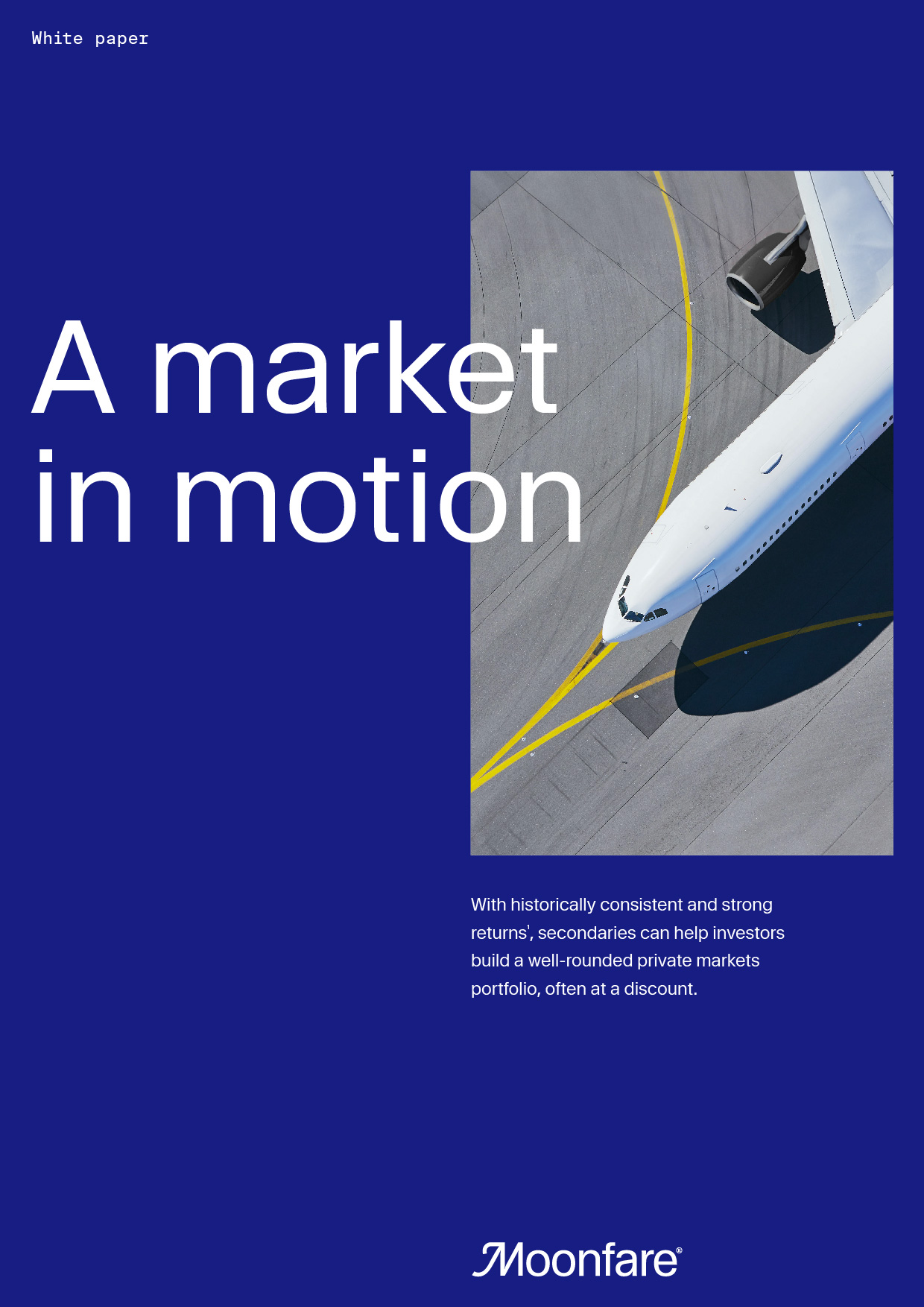Understanding The Net Asset Value (NAV) Of The Amundi Dow Jones Industrial Average UCITS ETF

Table of Contents
We'll define NAV, explain its calculation for the Amundi Dow Jones Industrial Average UCITS ETF, explore the factors that influence it, and show you how to use it to assess the ETF's performance. By the end, you’ll be equipped to use NAV as a key metric for evaluating your investment in the Amundi Dow Jones Industrial Average UCITS ETF.
What is the Net Asset Value (NAV) and How is it Calculated for the Amundi Dow Jones Industrial Average UCITS ETF?
The Net Asset Value (NAV) represents the net value of an ETF's assets after deducting its liabilities. For the Amundi Dow Jones Industrial Average UCITS ETF, this essentially means the value of the underlying assets (shares in the 30 companies that make up the Dow Jones Industrial Average) less any expenses or liabilities. This calculation provides a snapshot of the ETF's intrinsic worth.
The NAV is calculated daily by taking the total market value of all the assets held by the ETF and subtracting its total liabilities. This difference is then divided by the total number of outstanding ETF shares. Let's break it down further:
- Assets: The primary asset of the Amundi Dow Jones Industrial Average UCITS ETF is its holdings in the 30 constituent companies of the Dow Jones Industrial Average. The market value of these holdings fluctuates constantly based on the price movements of these individual stocks.
- Liabilities: These include the ETF's operating expenses, such as management fees and administrative costs. These costs are deducted to arrive at the net asset value.
- Calculation: The formula is simple: (Total Assets - Total Liabilities) / Number of Outstanding Shares = NAV.
This calculation provides a clear picture of the ETF's value per share. Understanding this calculation is fundamental to understanding how the Amundi Dow Jones Industrial Average UCITS ETF's price is determined.
Factors Affecting the NAV of the Amundi Dow Jones Industrial Average UCITS ETF
Several factors influence the NAV of the Amundi Dow Jones Industrial Average UCITS ETF, impacting its daily value. Understanding these factors is critical for making informed investment decisions. These factors include:
- Market Fluctuations: The most significant influence is the overall performance of the Dow Jones Industrial Average. If the Dow rises, the NAV of the ETF will generally rise as well, and vice-versa. Market volatility, including major swings in the index, directly impacts the value of the underlying stocks and, therefore, the ETF's NAV.
- Currency Exchange Rates: Since the Dow Jones Industrial Average is denominated in US Dollars (USD), any currency fluctuations will impact the NAV if the ETF is held in a different currency. For example, a strengthening US dollar relative to the Euro would decrease the NAV for European investors.
- Dividend Payments: When the underlying companies in the Dow Jones Industrial Average pay dividends, the ETF receives these dividends. After the dividend is distributed to ETF shareholders, the NAV will usually decrease proportionally to reflect the distribution.
- Expense Ratio: The ETF's expense ratio, representing the ongoing management fees and operating expenses, directly impacts the NAV. These costs are deducted from the overall value of the assets, thus reducing the NAV.
Tracking the NAV of the Amundi Dow Jones Industrial Average UCITS ETF
Tracking the daily NAV is essential for informed investment decisions. You can find this information from several reliable sources:
- Amundi Website: The official website of Amundi, the ETF provider, is the most accurate and up-to-date source for the daily NAV.
- Financial News Websites: Reputable financial news sources like Bloomberg, Yahoo Finance, and Google Finance often publish the NAV of major ETFs, including the Amundi Dow Jones Industrial Average UCITS ETF.
It's crucial to compare the NAV to the ETF's market price. Sometimes, a premium or discount situation may occur where the market price deviates from the NAV. This discrepancy could be due to market sentiment, supply and demand, or trading volume. Understanding the potential reasons for these discrepancies can give you an even better understanding of market dynamics.
Using NAV to Evaluate the Amundi Dow Jones Industrial Average UCITS ETF's Performance
The NAV is a key tool for assessing the Amundi Dow Jones Industrial Average UCITS ETF's performance over time. By tracking the NAV, you can:
- Monitor Long-Term Growth: Analyze NAV changes over several years to assess the long-term growth of your investment. This provides a clearer perspective than focusing solely on short-term price fluctuations.
- Compare to the Benchmark: Compare the NAV performance against the Dow Jones Industrial Average itself. This allows you to gauge how effectively the ETF tracks the index.
- Consider Total Return: Always remember that total return includes both capital appreciation (changes in NAV) and dividend distributions. A complete picture requires considering both aspects of your investment.
By regularly reviewing the NAV, you gain valuable insights into your investment's performance and can make informed adjustments to your portfolio accordingly.
Conclusion: Mastering Net Asset Value (NAV) for the Amundi Dow Jones Industrial Average UCITS ETF
Understanding the Net Asset Value (NAV) is paramount for anyone investing in the Amundi Dow Jones Industrial Average UCITS ETF. This article has outlined how NAV is calculated, the factors influencing it, and how to utilize it to effectively evaluate the ETF’s performance. By regularly checking the NAV and comparing it to the market price, you can make more informed investment decisions and monitor the health of your investment in this important index-tracking ETF. We strongly encourage you to continue your research into the Amundi Dow Jones Industrial Average UCITS ETF and its investment strategy, using the NAV as a key metric for your analysis.

Featured Posts
-
 One Woman One Park One Pandemic Finding Refuge In Seattles Green Spaces
May 24, 2025
One Woman One Park One Pandemic Finding Refuge In Seattles Green Spaces
May 24, 2025 -
 Kermits Commencement Address Key Takeaways For University Of Maryland Graduates
May 24, 2025
Kermits Commencement Address Key Takeaways For University Of Maryland Graduates
May 24, 2025 -
 Thames Waters Executive Bonus Payments A Critical Examination
May 24, 2025
Thames Waters Executive Bonus Payments A Critical Examination
May 24, 2025 -
 Chetyre Pobeditelya Evrovideniya 2025 Po Versii Konchity Vurst
May 24, 2025
Chetyre Pobeditelya Evrovideniya 2025 Po Versii Konchity Vurst
May 24, 2025 -
 Are Thames Water Executive Bonuses Fair A Critical Analysis
May 24, 2025
Are Thames Water Executive Bonuses Fair A Critical Analysis
May 24, 2025
